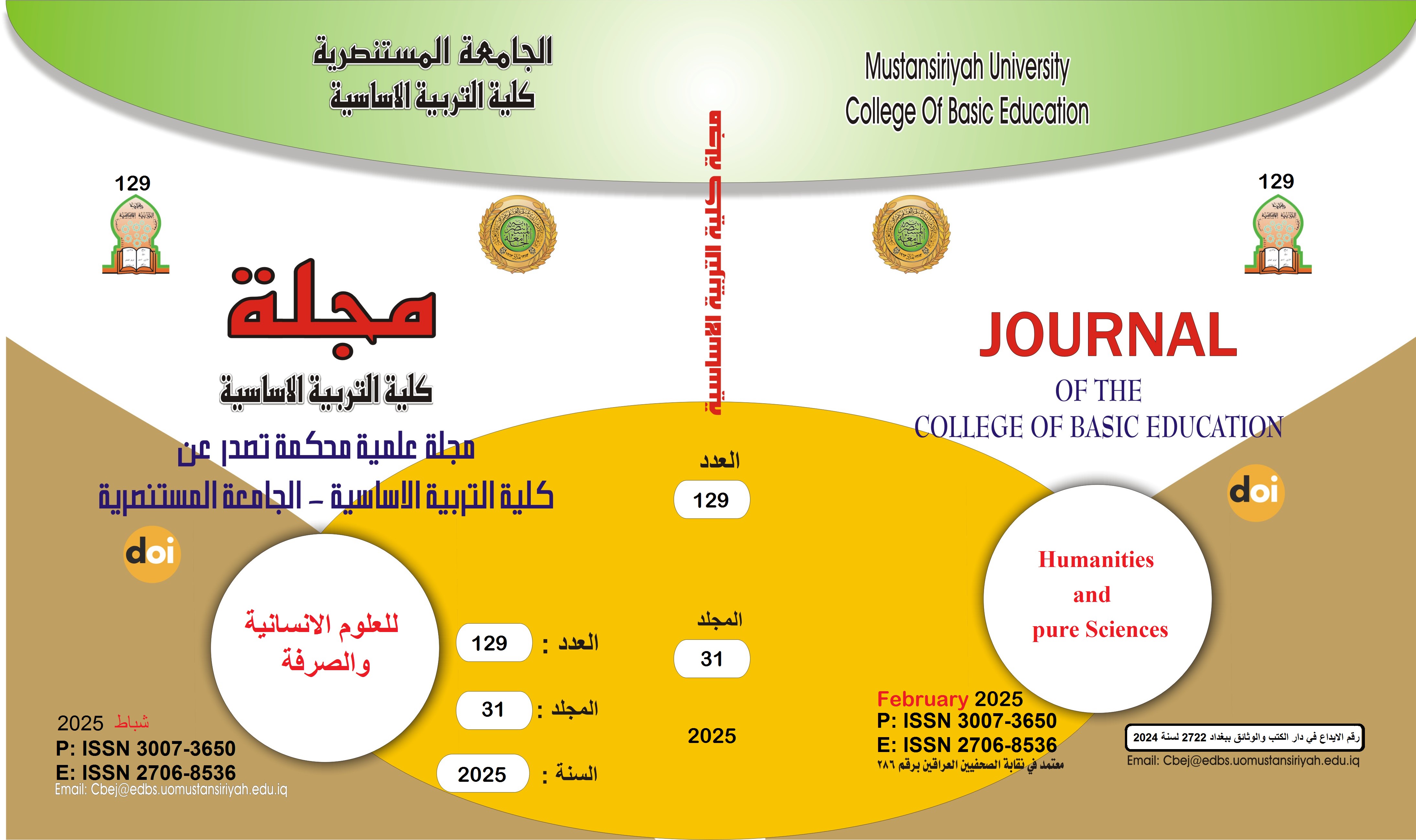Liquid Modernity and its Formation Features in Contemporary Interior Design
Main Article Content
Abstract
The interior designer is concerned with design formations that keep pace with our present life, which is characterized by lightness, fluidity and rapid changes in the overall systems of life, especially scientific and technological progress and the speed of communication and programming, which led to a shift in the field of interest to keep pace with everything new intellectually, materially and technically in the era of liquid modernity. Modern intellectual philosophies have produced design formations with features that are consistent with the nature of the era associated with speed and openness, seeking to design an interior space characterized by flexibility, movement, dynamism and fluidity of formation. Therefore, the research problem crystallized by the question "What are the features and characteristics of contemporary formations in the design of interior spaces, so that they can establish formations that keep pace with the thought of liquid modernity?" the research aimed to "reveal the concept of liquid modernity and the features of its formation in the design of contemporary interior space."
The theoretical framework included two topics, the first of which dealt with: the concept of liquid modernity in interior design, and the second: the features of forming the liquid interior space. The research community was limited to the architectural designs (Zaha Hadid) completed during the period between (2005-2020), and the research adopted the descriptive analytical approach to reach a set of results and conclusions, including:
- The research results showed a set of formal features of the interior space that revealed the fluidity of the formation through the features (continuity, dynamism, movement, flexibility and adaptation) in a way that addresses the visual reception system directly or changes it to suggestive formations that simulate the language of the era and keep pace with technical and technological progress.
- The fluidity of spatial formation works to eliminate borders and move away from rigid, rigid lines and approach flexibility and curved and continuous lines far from hierarchy and intermittent chronology, as it solves the idea of public space and private space, as it achieves practices to form a new model of space characterized by clear dynamism based on spatial distances to achieve the flow of movement of individuals, the flow of information and materials and visual continuity, and all its aspects share smoothness and lack of clarity of spatial borders.
Article Details

This work is licensed under a Creative Commons Attribution-ShareAlike 4.0 International License.
